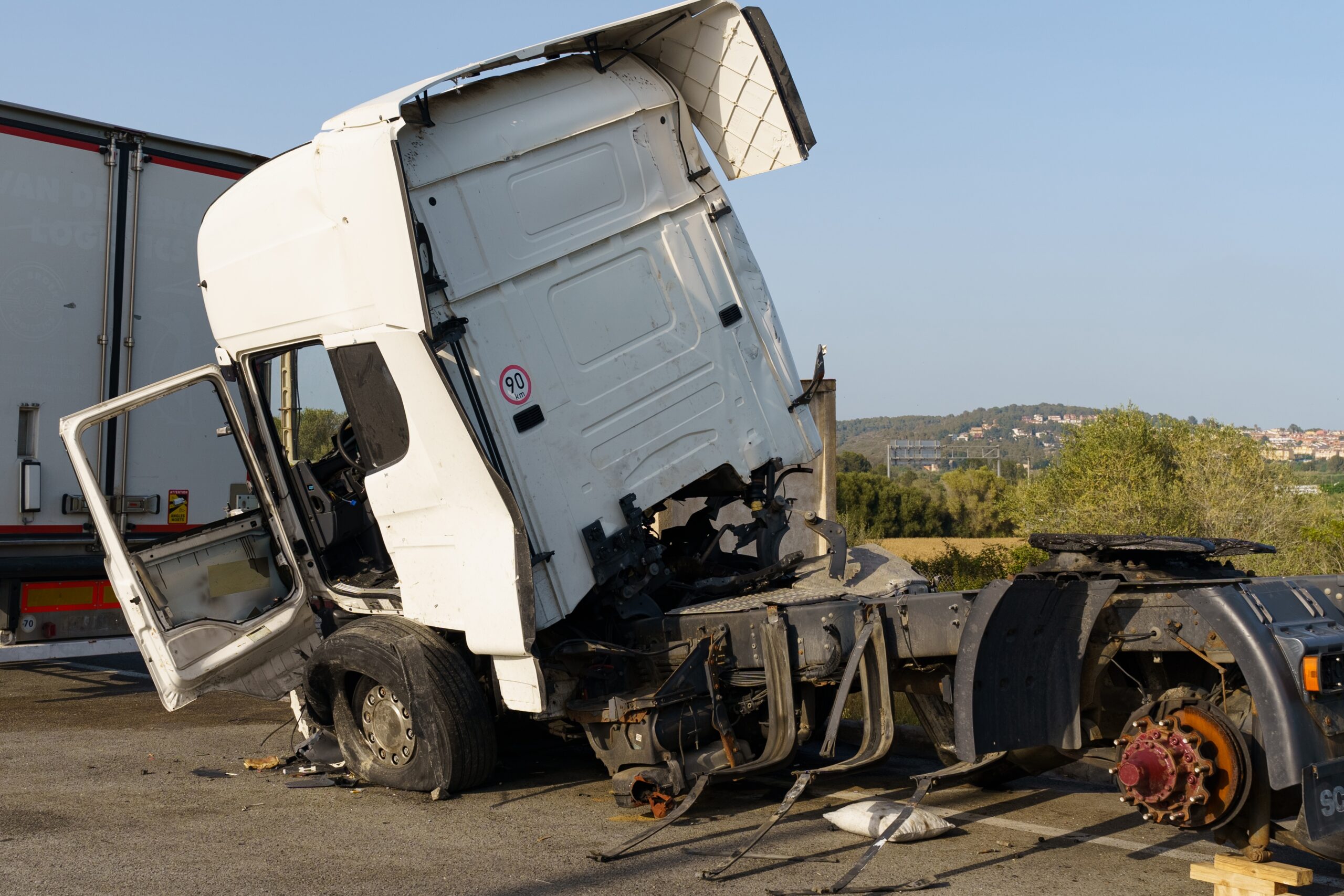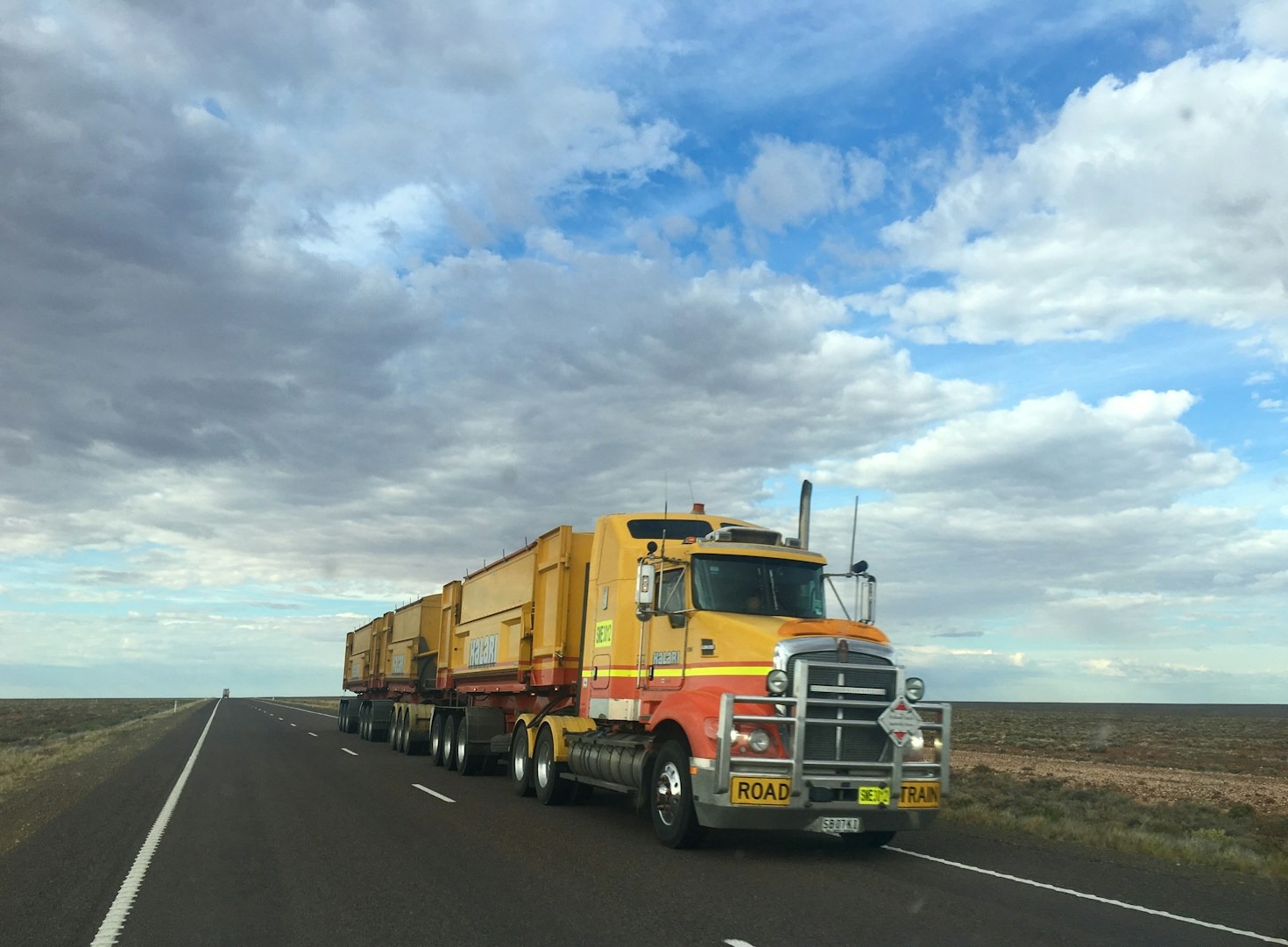Securing a $1 million truck accident settlement is not just a headline—it’s a life-changing outcome that few accident victims achieve. Despite the staggering 510,000 accidents caused by large trucks in 2019, many victims receive far less compensation than they deserve. In fact, while the average truck accident settlement hovers around $103,654, initial insurance offers can be as low as $25,000 or $100,000—a fraction of what victims truly need for recovery.
You might wonder what makes the difference between a minimal payout and a $1 million truck accident settlement. The answer often lies in effective legal representation. Consider the case where one attorney secured a $1 million truck accident settlement for their client despite the trucking company declaring bankruptcy during proceedings. Another legal team achieved the same result after rejecting an initial $100,000 offer that failed to cover the extensive damages. Furthermore, truck accident settlements can range dramatically—from as little as $900 to as high as $4,478,799, depending on various factors including injury severity, medical expenses, and legal strategy.
The Truck Crash That Changed Everything
A life can change in seconds when a massive commercial truck collides with a passenger vehicle. Behind every $1 million truck accident settlement is a story of devastating impact and profound loss.
Where and how the accident happened
The crash occurred on a dark stretch of U.S. 1 when a log truck attempted an illegal U-turn. “Turtle” Doe, a high school senior, was in a vehicle that couldn’t stop in time. The car slammed into the truck, with logs crashing through the windshield. This scenario isn’t uncommon—5,375 large trucks were involved in fatal crashes in 2023 alone, and though this represents an 8.4% decrease from 2022, it’s still a 43% increase over the past decade.
Most fatal truck crashes happen on rural roads, with 62% occurring during daylight hours. Nevertheless, nighttime crashes like Turtle’s often result in more severe outcomes due to reduced visibility and reaction time.
The victim’s background and injuries
Before the accident, Turtle was a typical high school senior with her future ahead of her. Consequently, the collision left her with a severe traumatic brain injury that permanently altered her life. She now lives with cognitive impairment that prevents independent living, physical disabilities including tremors and difficulty walking, plus a loss of judgment and reasoning skills.
The severity of her injuries justified the eventual $1 million truck accident settlement. Such catastrophic injuries often require lifelong care and support—a reality that must be calculated when determining truck crash victim compensation.
Initial response and medical treatment
Initially, emergency responders rushed to the scene—a critical factor in survival rates for truck accident victims. Medical professionals assessed her injuries and began immediate treatment. The timely arrival of Emergency Medical Services (EMS) clinicians significantly impacts whether an injured person survives a crash.
Turtle endured months of recovery, yet still faces lifelong challenges. The medical documentation of her injuries and ongoing treatment needs provided essential evidence for building the $1 million truck accident settlement case. This underscores why seeking immediate medical attention after any truck crash is vital—not just for health reasons but also for establishing the legal foundation of your claim.
The Legal Roadblocks and How They Were Overcome

Image Source: South Carolina Personal Injury Lawyer
“We relentlessly pushed forward to get this family the full policy coverage they deserved. Perseverance was key here.” — Dave Johnson, Lead Attorney, DM Injury Law
Trucking company’s denial of fault
After a devastating truck crash, victims frequently face outright denial of responsibility from trucking companies. These corporations routinely dispute fault, question injury severity, or attempt to shift blame onto the victim. Their denial strategies typically include:
- Blaming the victim for causing the accident
- Claiming injuries existed before the crash
- Arguing that another party (maintenance company or manufacturer) was responsible
- Using the “independent contractor” defense to distance themselves from drivers
Overcoming these tactics requires gathering substantial evidence like black box data, maintenance records, hours-of-service logs, and eyewitness testimony. Attorneys must also challenge the “independent contractor” classification by proving the company controlled the driver’s schedule, routes, and equipment.
Challenges with insurance policy limits
Although federal regulations require commercial trucks to carry minimum liability coverage of $750,000, most carry $1 million policies. Unfortunately, catastrophic injuries often exceed these limits. When damages surpass policy maximums, victims may need to:
- Pursue personal assets of the responsible party
- Seek compensation from other liable entities
- File “bad faith” claims against insurers who fail to settle within policy limits
Bankruptcy complications or lowball offers
Perhaps the most frustrating obstacle happens when victims receive insulting lowball settlement offers or face bankruptcy filings from at-fault parties. Insurance companies deliberately offer minimal amounts, hoping financial pressure will force quick acceptance.
Moreover, when trucking companies file for bankruptcy, an automatic stay halts all collection activities. This legal maneuver complicates recovery since personal injury claims are typically considered unsecured debts—placing them lower on the priority list for repayment.
Thankfully, an experienced attorney can counter these strategies by filing proof of claims with bankruptcy court, challenging discharge of the debt through adversary proceedings, and negotiating aggressively with insurers. Indeed, skilled legal representation remains essential for securing a $1 million truck accident settlement against these deliberate obstacles.
How the Attorney Built a $1M+ Case
Building a $1 million truck accident settlement requires meticulous evidence collection and strategic negotiation. The attorney’s approach in this case exemplifies how proper legal representation makes all the difference.
Gathering black box and crash scene evidence
The attorney immediately sent a preservation letter to secure crucial electronic data before it could be overwritten. This proactive step safeguarded the truck’s black box (EDR) data, which revealed critical details about speed, braking patterns, and engine performance. Additionally, the legal team collected physical evidence from the crash scene, including skid marks, vehicle damage, and road debris.
Using expert witnesses and medical records
To strengthen the case, the attorney enlisted accident reconstruction specialists who analyzed the black box data and physical evidence. Medical experts established the causal link between the crash and injuries while documenting treatment needs. These expert witnesses translated complex technical information into understandable testimony that effectively illustrated negligence.
Proving long-term impact and future costs
Medical documentation became the foundation for demonstrating ongoing care requirements. The attorney carefully calculated future medical expenses, including potential surgeries, physical therapy, and home modifications. Furthermore, vocational experts assessed how the injuries affected earning capacity.
Negotiating with multiple insurers
Facing delays and blame-shifting from multiple insurance companies, the attorney identified all applicable policies. Through persistent follow-up and meticulous documentation, the legal team overcame lowball offers and secured the $1 million truck accident settlement by demonstrating the full scope of damages.
What This Case Teaches About Truck Accident Settlements
“Our client faced a situation where his livelihood, family obligations, and health were all jeopardized due to one moment of negligence. We fought to ensure he received compensation that acknowledged the full scope of his injuries and the challenges he continues to face. While the settlement cannot erase the accident’s impact, it provides a crucial foundation for his recovery and future.” — Andy Gillin, Founding Partner, GJEL Accident Attorneys
Factors that increase truck accident settlement
Truck accident settlements typically exceed regular car accident payouts for several reasons. First, the severity of injuries substantially impacts compensation—settlements can range from $50,000 for minor injuries to over $1 million for catastrophic cases. Second, commercial trucks carry significantly higher insurance requirements, with federal minimums ranging from $750,000 to $5 million depending on cargo type. Third, multiple liable parties often share responsibility, including the driver, trucking company, maintenance providers, and manufacturers.
How truck accident settlements are calculated
Essentially, settlement calculations combine economic and non-economic damages. Economic damages include medical expenses (current and future), lost wages, and property damage. Non-economic damages cover pain and suffering, emotional distress, and quality of life impacts. Attorneys typically use either the “multiplier method” (multiplying economic damages by 1.5-5 based on injury severity) or the “per diem method” (assigning daily values to suffering).
Why legal representation makes a difference
Certainly, victims without attorneys face overwhelming disadvantages. Insurance companies deliberately offer quick, lowball settlements hoping financial pressure forces acceptance. Meanwhile, experienced attorneys coordinate with medical experts to accurately determine full, long-term financial needs. Therefore, lawyers typically secure substantially higher settlements by understanding federal regulations, analyzing electronic logging data, and identifying all responsible parties.
Lessons for future truck crash victims
As a result of this case, future victims should understand several key lessons. First, act quickly to preserve critical evidence. Second, never accept initial settlement offers without legal consultation. Third, understand that truck accident claims require specialized knowledge of commercial insurance policies and federal regulations. Finally, thoroughly document both immediate and long-term damages to secure compensation that genuinely reflects lifetime care costs.
Conclusion
This case clearly demonstrates why victims need expert legal representation after devastating truck crashes. Although many accident victims receive significantly less compensation, the attorney secured a $1 million truck accident settlement despite formidable challenges. The lawyer’s methodical approach made all the difference—preserving critical evidence immediately, enlisting expert witnesses, documenting long-term impacts, and negotiating persistently with multiple insurers.
Victims must remember several crucial lessons from this story. First, act quickly after an accident to protect vital evidence before it disappears. Second, reject initial settlement offers without proper legal consultation. Third, understand that truck accident claims require specialized knowledge that most general practice attorneys lack. Additionally, thorough documentation of both immediate and future damages remains essential for securing compensation that truly reflects lifetime care costs.
The stark reality shows that truck accidents cause catastrophic injuries with life-altering consequences. Nevertheless, with proper legal representation, victims can overcome insurance company tactics designed to minimize payouts. Though no amount of money can fully restore what was lost, a $1 million truck accident settlement provides crucial financial support for ongoing medical care, rehabilitation, and quality of life adjustments.
Therefore, if you or someone you love experiences a serious truck accident, seek specialized legal representation immediately. Your choice of attorney could be the deciding factor between receiving token compensation and securing a $1 million truck accident settlement that acknowledges the true extent of your losses and provides for your future needs.
FAQs
Q1. What factors contribute to higher settlements in truck accident cases?
Truck accident settlements tend to be higher due to the severity of injuries, higher insurance requirements for commercial trucks, and the potential involvement of multiple liable parties like the driver, trucking company, and manufacturers.
Q2. How soon should I seek legal representation after a truck accident?
You should seek specialized legal representation immediately after a truck accident. Quick action is crucial to preserve vital evidence, protect your rights, and avoid accepting lowball settlement offers from insurance companies.
Q3. What types of evidence are important in building a strong truck accident case?
Key evidence includes black box (EDR) data from the truck, crash scene evidence like skid marks and debris, medical records, expert witness testimony, and documentation of long-term impacts and future costs related to the accident.
Q4. How are truck accident settlements typically calculated?
Settlements are calculated by combining economic damages (medical expenses, lost wages, property damage) and non-economic damages (pain and suffering, emotional distress). Attorneys often use methods like the “multiplier method” or “per diem method” to determine fair compensation.
Q5. Why is specialized legal representation important in truck accident cases?
Specialized attorneys understand federal trucking regulations, can analyze complex electronic logging data, and are skilled at identifying all responsible parties. They can also effectively counter insurance company tactics and typically secure substantially higher settlements compared to victims without legal representation.

Leave a Reply